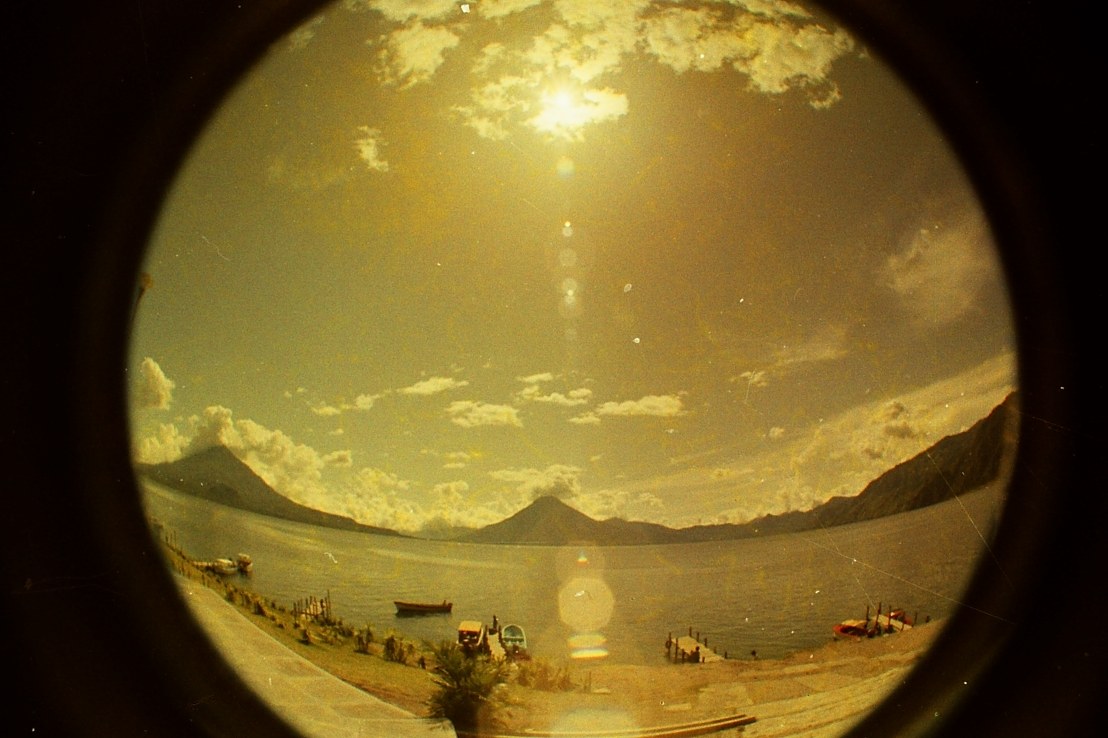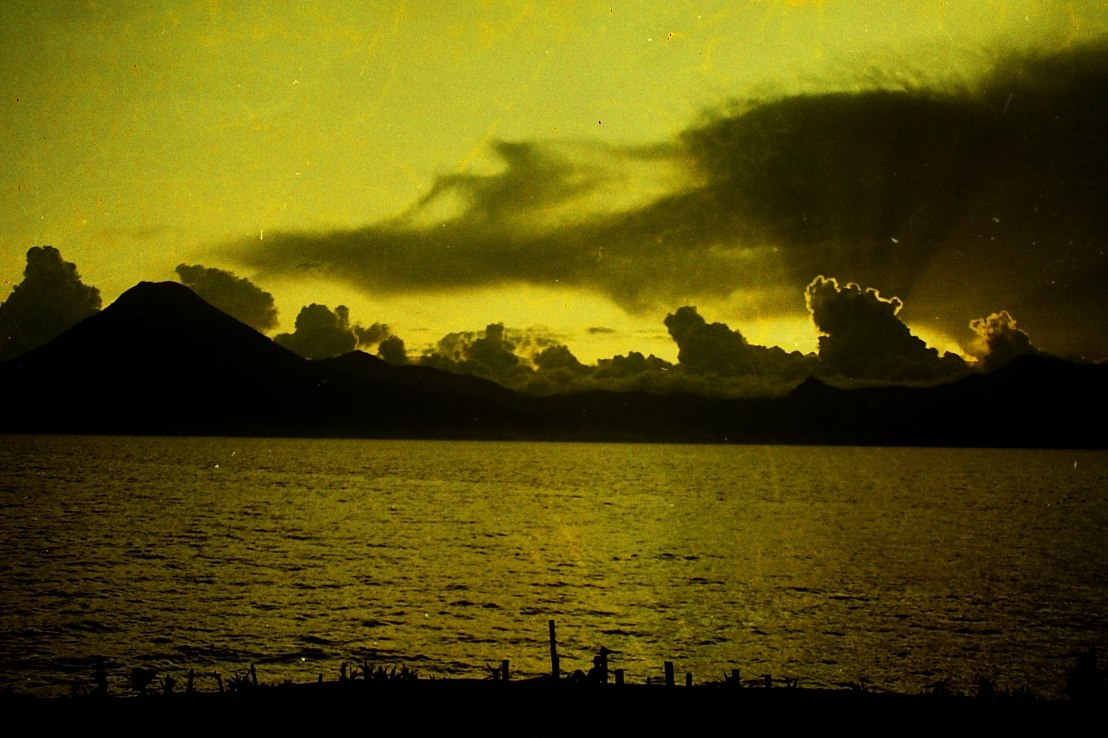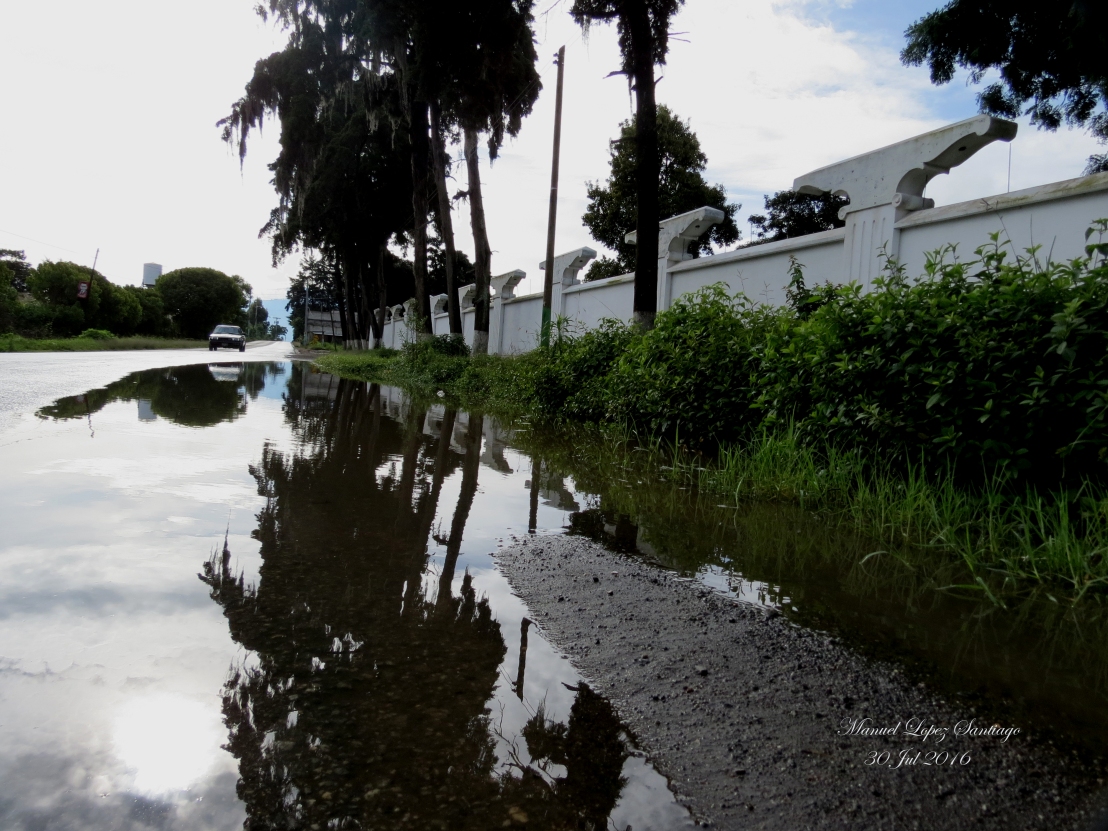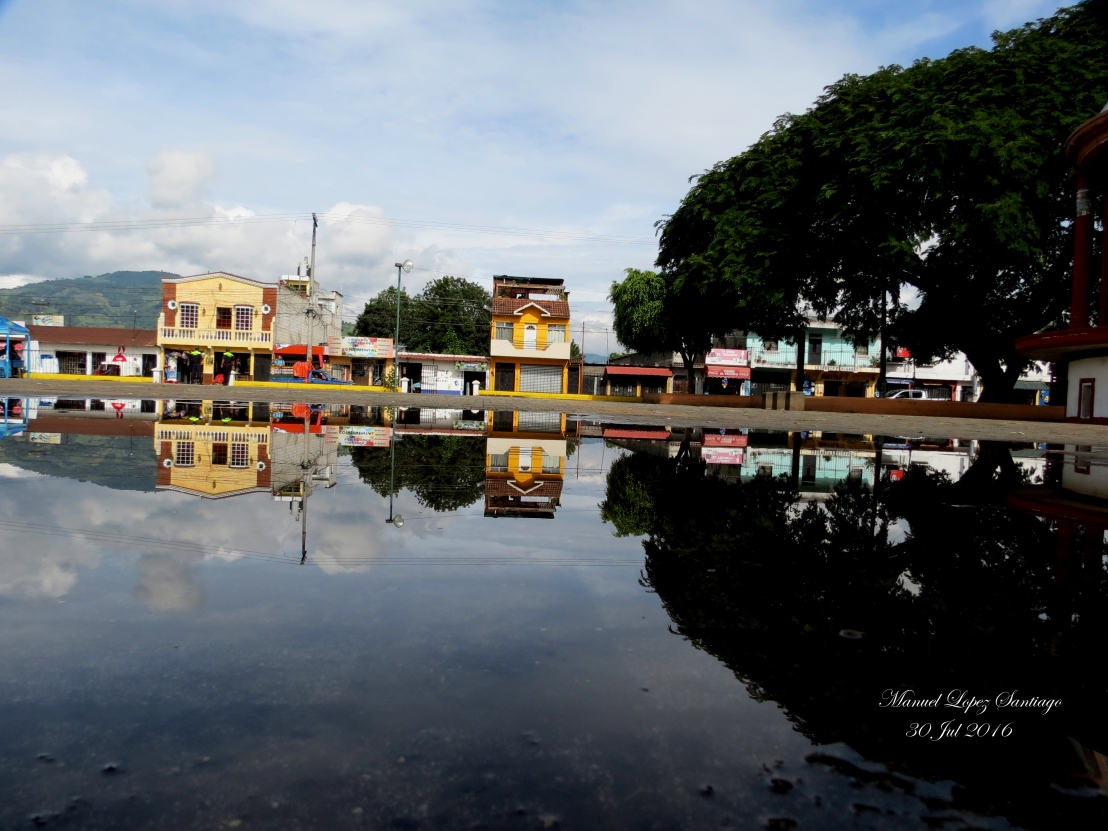La primera foto es de las Ruinas de Santa Clara, Antigua Guatemala, y la otra es un tanque lavadero de ropa en San Cristobal El Alto, Antigua Guatemala.
171016 Palomas en Antigua Guatemala.
Palacios de Antigua Guatemala 20171016
Lago de Atitlán, Sololá, Guatemala


Saludos pata todos ustedes que me siguen, les comparto estas imágenes
LAS LAVANDERÍAS TÍPICAS DE NEBAJ
Las Pilas o lavaderos públicos de Nebaj
Kam ijalpu u kutename’ kat ib’ana tu ka’viinqil u yaab’e’. Qilta ma’l u tzi’ tx’aab’ale’ uve’ atik na’ytzan, nimalik kuxh uq’a tzi’ tx’aab’ale’ atike uva’ nimaj chitu’, ati uva’ e’pumal ve’te’, kat sotzsali ti’ u yole’, as ati uva’ kat jalpul ika’ye’.
El cambio en Nebaj, durante estos cuarenta años. Empezando con un lavadero público, que era una de las pilas más grandes del pueblo, unas han desaparecidos, otras han sido modificadas.
Changes in Nebaj during these last forty years. Beginning with a public washing fountain which was one of the biggest pilas in town. Some have disappeared, others have been modified.

Tu u b’axa vatzib’ale’, ni qil ma’l u tzi’ tx’aab’ale’, uve’ ni kat itxakonsal ti’ itx’aap oksa’m, as ti’ tiq’ol a’ tu kab’al, tan ti’ uva’ ye’lik a’ oksamal tula kab’al.
A’ ma’l u pape’ vetz k’ul tzi’ oyan u vatzib’ale’ sve, Dave Otrogge ib’ii aak, oon aak tu u kutename’ oxva’x toxk’al yaab’ cheel. (Aake’ eesan u vatzib’ale’).
Foto pila 1, vemos una de las pilas, utilizada para lavar ropa, y un chorro público, en donde las mujeres acarreaban agua para sus casas, porque en ese tiempo no había agua potable en las casas. Esta foto me la proporcionó mi buen amigo Dave Oltrogge, quien llegó a Nebaj en 1970. (y tomó esta foto).
Pila photo 1 – here we see one of the pilas used for washing clothes and for water carried home by the women. There was then no potable water in the houses. This photo was given me by my good friend Dave Oltrogge, who took this on a trip to Nebaj in 1970.

Ka’v vatzib’al, ni qil ma’l u jajb’al a’e’ uva’ ye’xhkam ni kat itxakonsal ve’te’, ile’ ni te’p ve’te’.
Foto 2, vemos uno de los chorros públicos que ya estaba abandonado, empezaba a destruirse.
Pila photo 2 – we see one of the public faucets that was already abandoned and beginning to crumble.

Toxvu vatzib’al, a’ ma’t u jajb’al a’e’ u vaa’, tzitza’ ni kat itzi’a’v kat uq’a ixoje’, jit kuxh q’esla ixoj, pet tala ixvaak, tala xaak ni kat ilochon k’atz vitxutxe’ ti’ tijal a’.
Foto 3, otro de los chorros públicos en donde las mujeres acarreaban agua, no solo mujeres grandes sino niñas y niños ayudando a la madre.
Pila photo 3 – another public water source where adult women as well as their children helping them carried the water.

Kajvu vatzib’al, u mam tx’aab’ala’, la qale’ uva’ echen tu pok’o’chb’al tenam, tzitzi’ ni kat toon kat uq’a ixoje’ tx’aaon na’ytzan.
Foto 4, este lavadero está casi en el centro del pueblo, allí llegaba muchas mujeres a lavar ropa.
Pila photo 4 – this washing pila is in the center of town, used by many women to wash their clothes.

To’v vatzib’al, anchit u tx’aab’ale’ u vaa’, poro jalpumalve’t ika’ye’, eche’ U kab’ale’ uve’ at ti’ iqul, tan tz’aj ve’te’, echko uva’ b’axa, tan xan kuxhtu’
La foto 5, es el mismo lavadero ya modificado, y la pared que está atrás de la pila, ya es de concreto, no como antes, era de adobe la pared.
Pila photo 5 – this is the same washing pila, now changed. Now the wall behind is concrete where it used to be an adobe wall.
Fotos por: Dave Oltrogge y Manuel López Santiago
Textos Ixil y Castellano: Manuel López Santiago
Inglés: Stephen Ray Elliott & Elaine Daly Elliott
Super luna 14 de Noviembre 2016



Hola amigos, aquí les comparto estas tres imágenes que capté el 14 de Noviembre 2016 cuando fue SUPER LUNA, espero que les gustes. Que Dios les bendiga.
Volcán de fuego en erupción 21:30 horas 27-09-216



El Volcán de Fuego, estaba haciendo erupción ayer a las 21:30 horas (hora de Guatemala), les comparto estas imágenes que capté desde Parramos, Chimaltenango, Guatemala. Saludos para todos.
Fotos en Antigua Guatemala 23 de Agosto 2016






Estas imágenes las capté hoy en la mañana, en la Ciudad de la Antigua Guatemala.
Halo al sol, hoy 9 de Agosto 2016


Les comparto estas dos imagenes que capté hace algunos minutos el día hoy.
Reflejos en el agua 30-07-2016



Les comparto estas fotos que capté este día sábado 30 de Julio, esto fue en el municipio de Parramos, Departamento de Chimaltenango, Guatemala.







